









or..
3M Industries. Aerospace Adhesives
3M™ Scotch-Weld™ Epoxy Adhesive 2216 B/A Translucent
Metalset™ A4 Epoxy Adhesive
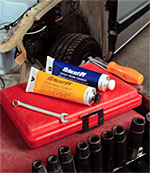 Metalset
A4™ is a powerful epoxy adhesive that has been used for years by all branches
of the U.S. Military as well as every major airline and auto manufacturer in the
world. A4 is used for hundreds of industrial bonding applications and offers
excellent adhesion to porous or non-porous surfaces. It can be applied to
vertical surfaces without sagging and cures overnight with negligible shrinking.
Metalset
A4™ is a powerful epoxy adhesive that has been used for years by all branches
of the U.S. Military as well as every major airline and auto manufacturer in the
world. A4 is used for hundreds of industrial bonding applications and offers
excellent adhesion to porous or non-porous surfaces. It can be applied to
vertical surfaces without sagging and cures overnight with negligible shrinking.
Once cured, A4 offers good machining qualities (sanding, drilling, tapping), and
resists alkalies, dilute acids and solvents. Applications include stopping leaks
in pipes, valves and tanks (i.e. car gas tanks), bonding like and unlike
surfaces, filling metal joints, dents, etc., anchoring bolts in wood, concrete,
and repairing metal surfaces.
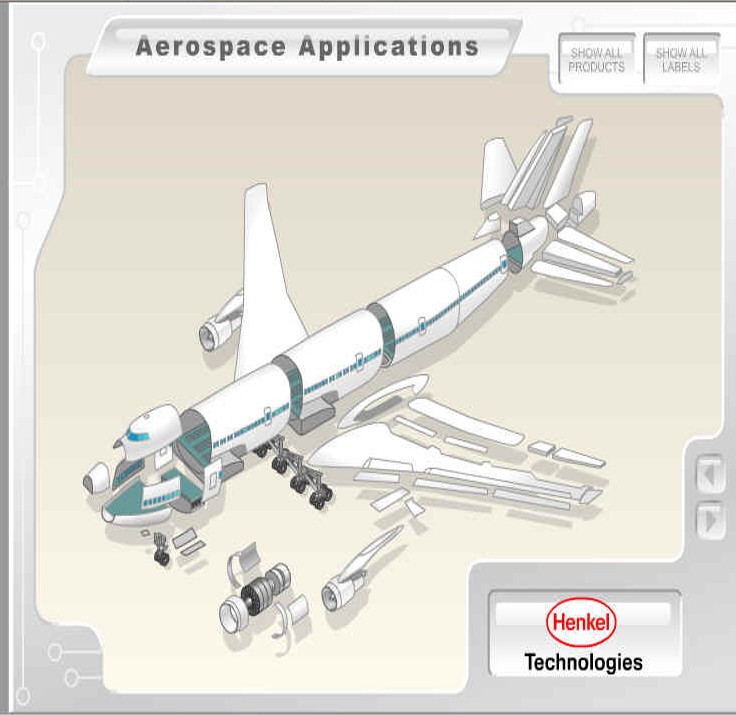 Henkel/Hysol interactive product picker. Click on the image . (Slow but
it'll work.)
Henkel/Hysol interactive product picker. Click on the image . (Slow but
it'll work.)
MSDS by Part Number Click to search for the data sheets and info on manufacturers of all the good stuff the government uses.
Although technical, there is much to be learned here. We figured this may give some of you a better idea of what you can use for bonding various products and materials.
Most adhesives in use are actually a combination of components each designed for different functions in the bonded joint. An adhesive can contain any number of the following components: (1) the adhesive base or binder; (2) a hardener (for thermosetting types); (3) accelerators, inhibitors, or retardants; (4) diluents; (5) solvents; (6) fillers; and (7) carriers or reinforcements.
The adhesive base is generally the primary component of any adhesive and is the constituent from which the name of the adhesive is derived. A hardener is a substance added to the adhesive that causes a chemical reaction which cures the adhesive. Accelerators, inhibitors, and retardants control the adhesive's rate of curing. Diluents are liquid components that are added to the adhesive to reduce the concentration of the adhesive base. They usually reduce the viscosity of the adhesive. Solvents are closely related in that they thin the adhesive to make it more spreadable. The difference is that solvents disperse the adhesive base. Fillers are included in the adhesive if the adhesive properties are insufficient alone. Often, fillers are used for reducing cost, improving structural strength, encouraging conductivity, and other similar applications. Carriers or reinforcements are used to support the adhesive during application or storage.
Adhesives can be classified into a number of different categories, but the most convenient system is categorization by chemical composition. Figure 3.3 shows a summary of major structural adhesives categorized by the Society of Mechanical Engineers. Figure 3.4 and 3.5 tabulate the appropriate adhesives to use for particular adherends.
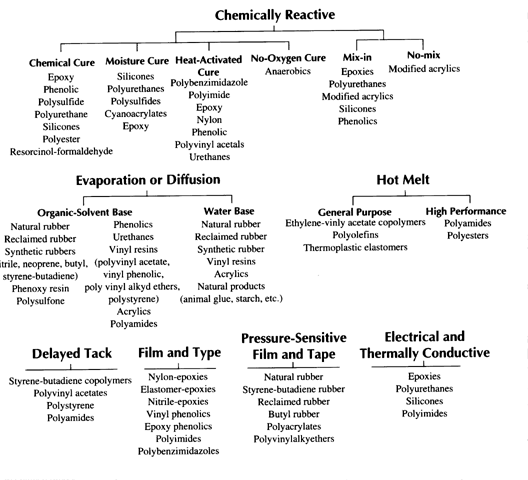
Figure 3.3 Categorization of Structural Adhesives )
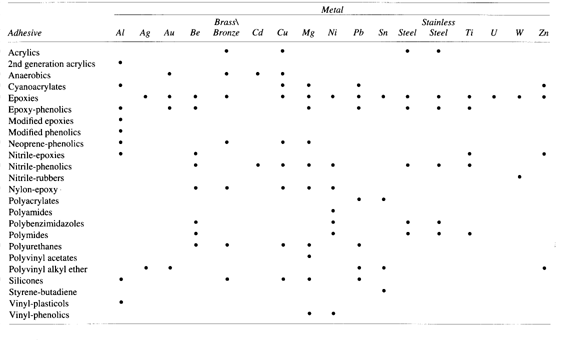
Figure 3.4 Metal-adhesive compatibility chart)
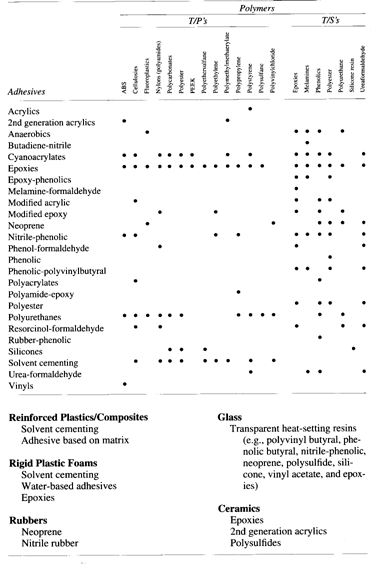
Figure 3.5 Non-metal/adhesive compatibility chart)
Notice from Figures 3.4 and 3.5 that the only adhesive judged to be compatible with both stainless steel and ceramics is epoxy, currently used in the piezoelectric motor. Some variations on the basic epoxy adhesive system exist. Epoxy-polysulfone and epoxy-phenolic, both thermosetting alloys, are other possible candidates for the piezoelectric motor system. These two alloys have superior bonding characteristics with ceramics.
![]()
Aliphatic Resin -- This is the typical high strength wood glue. The yellow is preferred because it indicates a waterproof glue. Examples would be Sig's Sig-ment, or basically any "carpenter's glue". This stuff is dope-proof, fuel-proof and fully sandable. Great for sheeting, however it requires the patience of the old "pin-and-wait-overnight" construction method.
Cyanoacrylate (CA's) -- An instant cure adhesive of various viscosity and gap filling capability. Special formulations are available for plastics and foam. This glue creates strong, virtually instant glue joints, but is not recommended for firewalls as the nitro in glow fuel is a CA solvent. It should also not be used in areas subjected to a lot of flex or excessive vibration as the glue joints created with CA have a tendency to be a bit brittle. Commercial examples include Carl Goldberg's Jet, and Pacer's Zap. Odorless CA's such as the UFO series must be used on foam, and are also recommended for people allergic or hyper-sensitive to CA fumes. You can also purchase cure-accelerators for those of us who find that "instant" just takes too long.
Epoxy -- This is a two part glue which is sold with various cure times and formulations. The two parts must be mixed to cause a cure. As a rule, generally faster curing epoxies tend to become brittle with time. Slow curing epoxy, in contrast, will tend to remain fairly flexible. Use this glue in all high stress areas such as attaching the firewall, landing gear blocks and tail feathers. Commercially available examples include the Hobbypoxy lineup as well as everybody else's house brands. It can be easily cleaned up with alcohol before it cures and is often thinned with alcohol and painted into engine bays and fuel compartments to help fuel-proof the plane. Smart people do this and recommend to all other modelers that they should also do this. Stupid people don't, and eventually their engine flies off with the firewall, leaving the plane behind.
Contact Adhesive -- Can be latex or solvent cement. Use latex when sheeting foam or, if the solvent is not fully dried before joining the sheeting to the foam, any curing fumes may eat away at the foam. This type of glue is applied to both parts being joined and is almost dry on the individual parts before they can be assembled. Once joined, they're joined. Sig sells a latex-based product called Core-bond that's great for sheeting foam wings but it can't be frozen so therefore the garage is not a good place to store this stuff if you live in northern climes.
J. Myers - Experimental RV-7/Vetteworks
The contents of this site are copyright © 2000, Experimental RV-7 & Vetteworks, All rights reserved